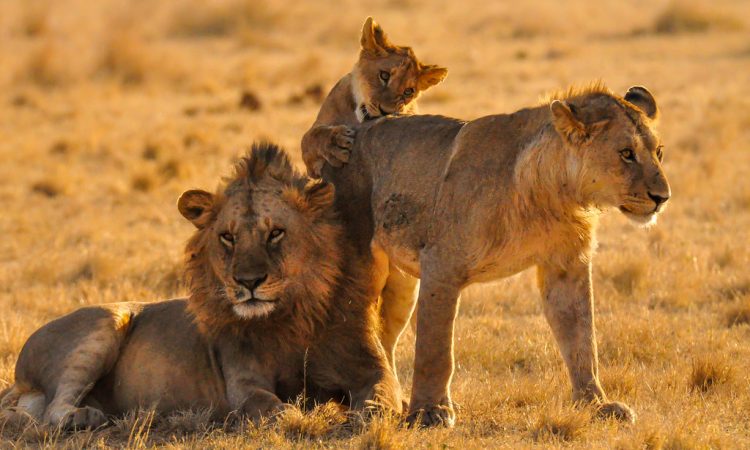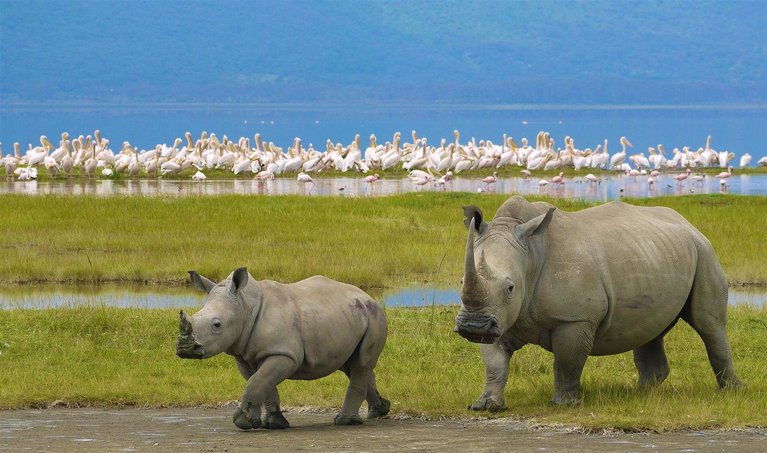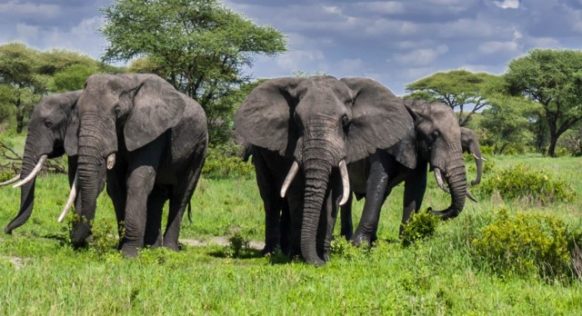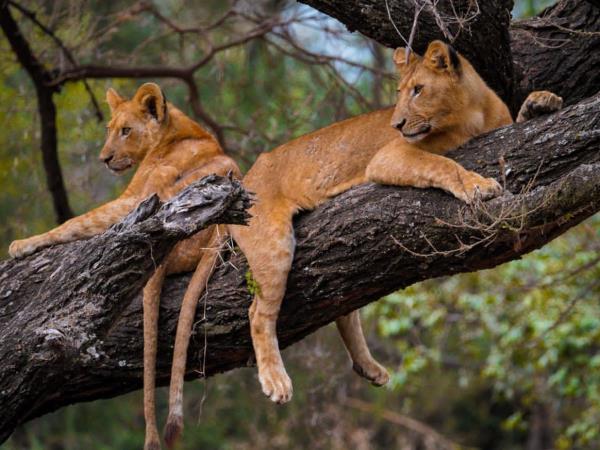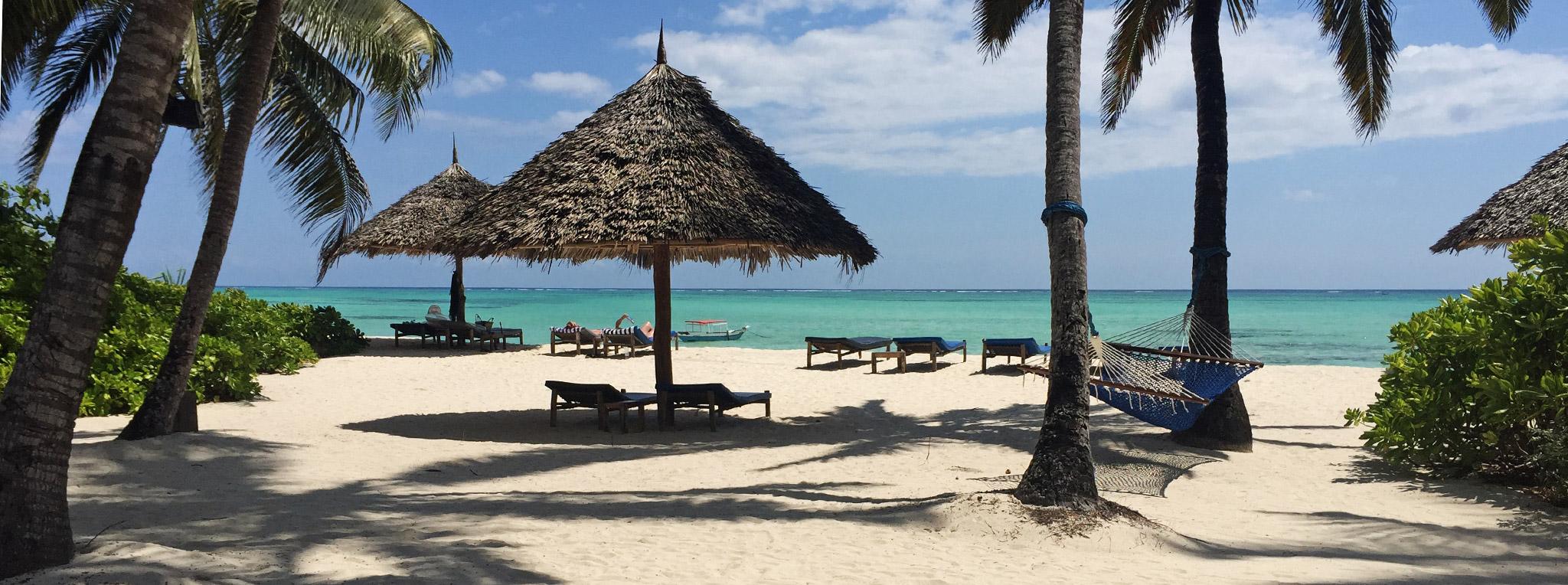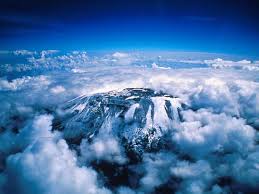Marangu Route
Marangu is the only Kilimanjaro route with hut accommodations, making it a more comfortable option for trekkers who prefer not to camp. The route is often called the "Coca-Cola Route" due to its popularity and the availability of basic amenities along the way. It is considered the easiest path in terms of terrain, but the rapid ascent can make acclimatization challenging. The trail passes through rainforest, moorland, and alpine desert before reaching the summit.
Days: 5-6
Accommodation: Mountain huts with dormitory-style beds and simple meals.
Machame Route
The Machame Route is one of the most popular and scenic paths to Uhuru Peak. Known as the "Whiskey Route," it offers a more challenging trek with steeper trails and longer days, but rewards hikers with breathtaking views and diverse landscapes. The route allows for better acclimatization due to its "climb high, sleep low" profile, increasing summit success rates. Trekkers experience lush rainforest, heather moorlands, the Lava Tower, and the iconic Barranco Wall.
Accommodation: Tents (camping only)
Days: 6-7
Highlights: Panoramic vistas, varied scenery, and a sense of adventure.
Lemosho Route
The Lemosho Route is praised for its dramatic scenery, low traffic, and high summit success rate. Starting on the western side of Kilimanjaro, it traverses remote rainforest and moorland before joining the Machame Route. The longer itinerary allows for excellent acclimatization and a more gradual ascent, making it ideal for those seeking a quieter, more immersive experience. Wildlife sightings are common in the early days.
Days: 7-8
Accommodation: Tents (camping only)
Highlights: Remote wilderness, diverse habitats, and excellent acclimatization.
Kilimanjaro National Park
Kilimanjaro National Park surrounds the mighty mountain and protects its diverse ecosystems. The park covers approximately 1,688 square kilometers and is a UNESCO World Heritage Site. Trekkers pass through five distinct climate zones: lush montane rainforest teeming with monkeys and exotic birds, heath and moorland with giant groundsels, alpine desert with surreal landscapes, and the arctic summit zone with glaciers and snowfields. The park is home to a variety of wildlife, including elephants, leopards, buffalo, and antelope in the lower forests. Conservation efforts help preserve the unique flora and fauna, as well as the cultural heritage of the local Chagga people.
Key Features: Unique biodiversity, stunning scenery, and a chance to experience one of the world’s most iconic mountains.
